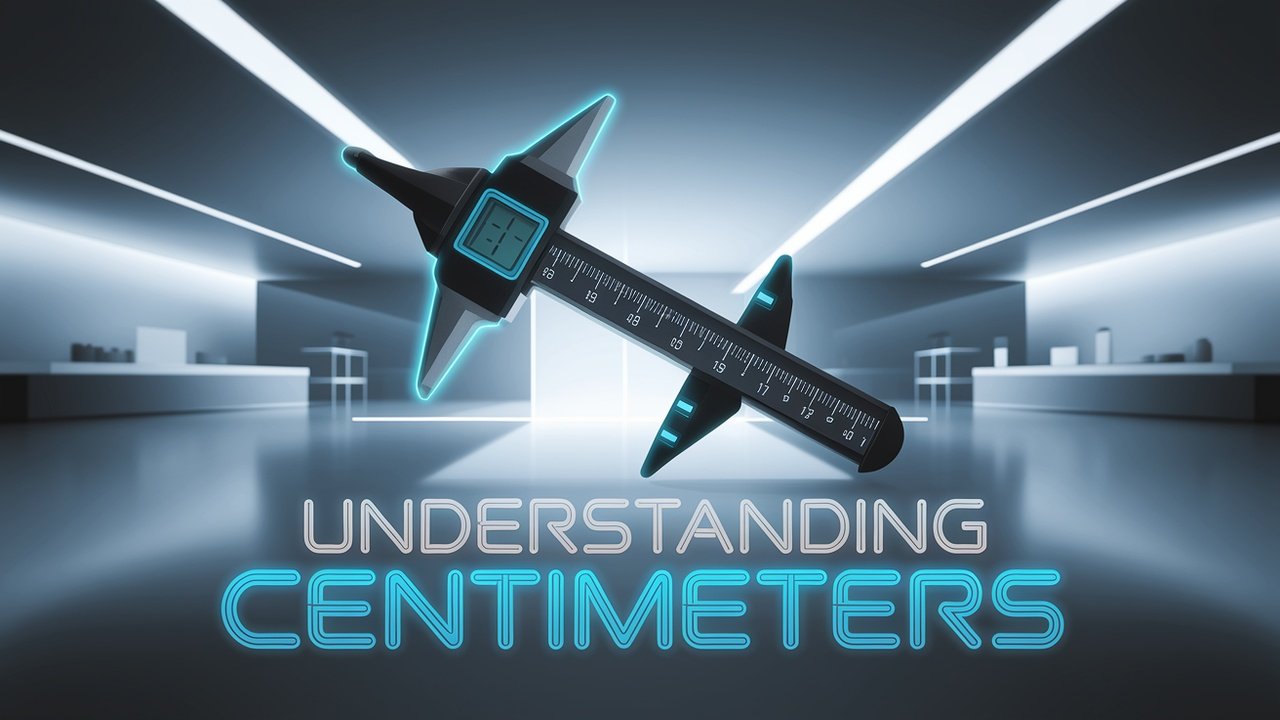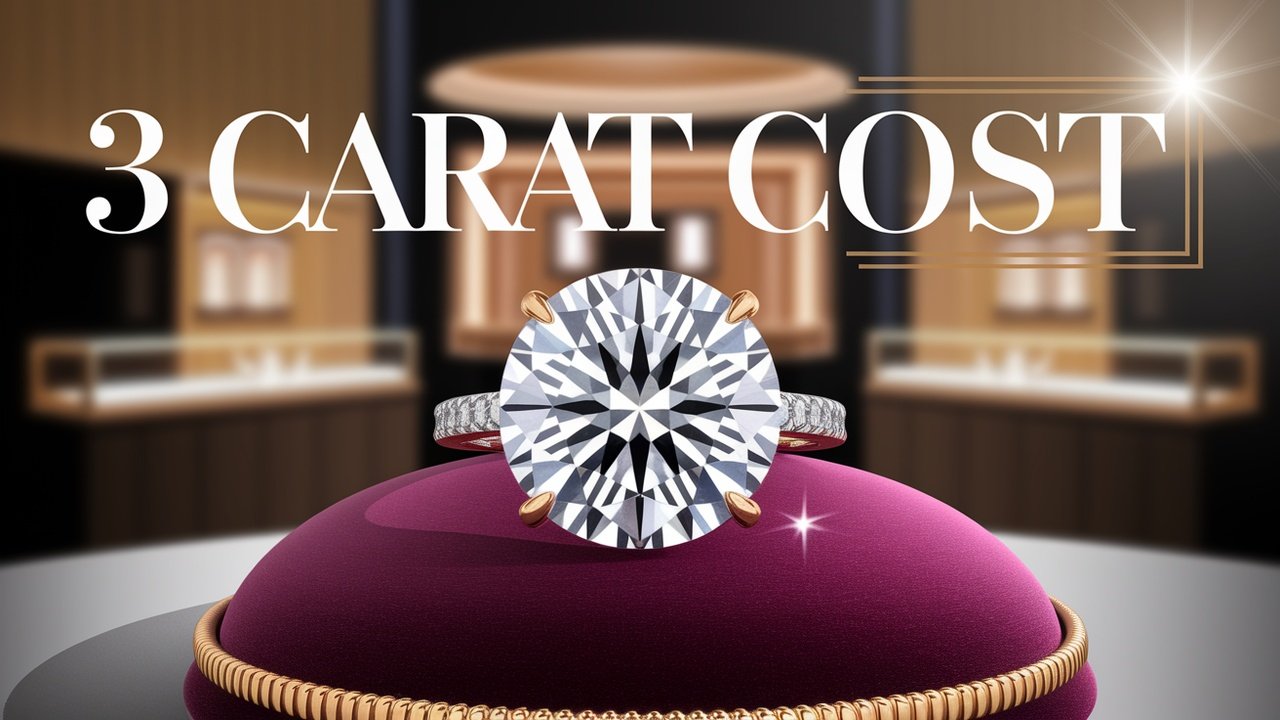The Three-Prong Fork: History, Uses, and Modern Applications

Introduction
The three-prong fork is a versatile and historically significant utensil that has been used for centuries in both dining and agricultural settings. Unlike the standard four-prong fork commonly seen in modern kitchens, the three-prong fork offers unique advantages in various contexts, from elegant dining to specialized tasks in farming and gardening.
This article delves into the history, design, uses, and cultural significance of the three prong fork, exploring its evolution from a medieval dining tool to a specialized instrument in today’s culinary and agricultural industries. Whether you’re a chef, a history enthusiast, or someone looking for the perfect tool for a specific task, understanding the three-prong fork will deepen your appreciation for this simple yet effective design.
The History of the Three-Prong Fork
1. Early Origins
The fork as a dining utensil dates back to ancient civilizations such as the Greeks, Romans, and Byzantines. The earliest forms of forks had two or three prongs and were used primarily for serving rather than eating. By the 11th century, noble families in the Byzantine Empire and Italy began using three-prong forks for personal dining.
2. Adoption in Europe
During the Renaissance period, the three-prong fork became a symbol of sophistication and hygiene in Europe. Italian nobility popularized its use, and by the 16th and 17th centuries, it was a common feature at royal banquets. The three-prong design was particularly useful for spearing meats and pasta, making it a preferred utensil among the upper class.
3. Modern Evolution
By the 19th century, forks had evolved to have four tines, which provided better stability for scooping food. However, three-prong forks remained in use for specific purposes, such as seafood dining, carving meats, and agricultural tasks.
Types of Three-Prong Forks and Their Uses

The three-prong fork is still widely used today, albeit in specialized forms. Below are some of the most common types and their functions:
1. Table and Dining Forks
- Seafood Fork: A three-prong fork is commonly used for eating shellfish such as oysters, crab, and shrimp.
- Dessert Fork: Some dessert forks feature three tines, making them ideal for cutting through delicate pastries.
- Salad Fork: Some traditional salad forks have three prongs, offering a balance between spearing and scooping.
2. Cooking and Serving Forks
- Carving Fork: A three-prong carving fork is used in kitchens to hold large pieces of meat steady while slicing.
- Fondue Fork: Often used in cheese or chocolate fondue, these forks provide a firm grip on bread, fruit, or meat.
- Toasting Fork: Designed for roasting marshmallows or bread over an open flame.
3. Agricultural and Gardening Forks
- Pitchfork: A three-prong pitchfork is used in farming to move hay, compost, and soil.
- Digging Fork: Some garden forks feature three sturdy tines to break up compacted soil.
- Manure Fork: Designed for handling compost and animal bedding, the three-prong design makes lifting easier.
4. Specialized Forks in Other Industries
- Blacksmithing Fork: Used in metalworking to hold hot metal pieces.
- Fishing Fork: Some indigenous cultures use three-prong spears or forks for catching fish.
- Decorative and Antique Forks: Some historical sets of cutlery feature ornate three-prong forks for formal dining.
Advantages of a Three-Prong Fork

1. Precision and Spearing Ability
A three-prong fork is particularly effective at piercing and holding onto food, making it useful for spearing meats, fruits, and delicate foods like seafood.
2. Lightweight and Elegant Design
Many three-prong forks are slimmer and more elegant than their four-prong counterparts, making them ideal for formal dining settings.
3. Versatility in Cooking and Serving
From carving meats to handling seafood, the three-prong fork provides an excellent balance between control and ease of use.
4. Practicality in Agriculture
For farming and gardening, three-prong forks offer greater leverage and efficiency when moving organic materials.
How to Choose the Right Three-Prong Fork
1. Consider the Material
- Stainless Steel: Durable, rust-resistant, and ideal for kitchen use.
- Silver or Gold-Plated: Often used in fine dining and antique collections.
- Wood-Handled Forks: Common in agricultural settings for better grip and durability.
- Plastic or Composite Forks: Lightweight and commonly used for disposable utensils.
2. Evaluate the Size and Shape
- Short, curved tines are better for eating delicate foods like seafood.
- Long, sturdy tines are preferred for carving and serving meats.
- Thick, heavy-duty prongs are best for farming and gardening tasks.
3. Choose Based on Intended Use
- For dining: Opt for a well-balanced fork that fits comfortably in hand.
- For cooking: Look for heat-resistant and durable materials.
- For agriculture: Select a fork with strong, reinforced prongs for heavy-duty use.
Cultural Significance and Superstitions
1. Symbolism in Different Cultures
The three-prong fork has been associated with various symbolic meanings, including:
- Power and Authority: The three-pronged trident has been used as a symbol of power, most notably in Poseidon’s trident in Greek mythology.
- The Holy Trinity: Some Christian interpretations see three-prong forks as symbolic of the Father, Son, and Holy Spirit.
- Luck and Superstition: In some cultures, using a three-prong fork is believed to bring good fortune when used at special ceremonies.
2. Mythological Connections
- Poseidon’s Trident: Perhaps the most famous three-prong weapon in mythology, Poseidon’s trident symbolizes control over the seas.
- Shiva’s Trishul (Trident): In Hinduism, Lord Shiva wields a trident, representing destruction, preservation, and creation.
- Folk Beliefs: Some medieval European cultures associated three-prong forks with warding off evil spirits.
Conclusion
The three-prong fork may seem like a simple tool, but its historical, culinary, agricultural, and cultural significance makes it a unique and valuable instrument. Whether you are using a seafood fork in fine dining, a carving fork in the kitchen, or a pitchfork on a farm, the three-prong design provides efficiency, elegance, and versatility.
Understanding the different types and uses of three-prong forks can help you choose the best one for your needs, whether for eating, cooking, or working outdoors. With its deep historical roots and continued relevance today, the three-prong fork remains an essential tool in many aspects of daily life.
“The simplest tools, like a fork, carry centuries of tradition and innovation in their design.”







